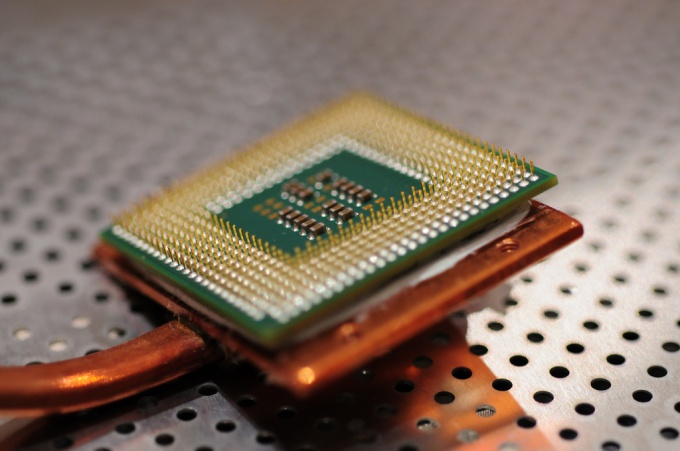Instruction
1
Under processor architecture refers to the family and generation of processors, which have its own set of commands. The choice of a suitable distribution of the operating system in accordance with the characteristics of the processor allows to achieve maximum productivity in work with computer.
2
The architecture of processors of Intel, as a rule, is designated as x86 and refers to the stones of the collections, i286, i386, i486, etc. Processors from other companies (AMD, Apple, VIA was compatible with Intel and had a similar classification. Then began to give them names that had gradually become an independent trademark. It complicated their classification.
3
Look at the model of your CPU in the technical documentation. If its value matches the Pentium (except for the Pentium 4 Extreme Edition, Celeron, Celeron D, Xeon, AMD K5, K6, Duron, Athlon, Sempron, a processor has the x86 architecture. If the processor is marked as Opteron, Athlon 64, Athlon XII, Sempron 64, Turion 64, Pentium D, Xeon MP, Atom 230, Atom 330, Core 2 Duo and a MacBook, it has the architecture x86_64.
4
Knowledge of architecture is required in distributions are open source. Otherwise, a wrong selection, the system will not install or will not function correctly.
5
To determine the architecture you can use special software programs for Windows, such as Everest or CPU-Z. They will show support for AMD64 or EMT64.
Note
The x64 architecture is more advanced than x32 (x84). All modern multi-core systems are 64-bit. They are backward-compatible, i.e. able to work with 32-bit applications.
Often, manufacturers mark the product as i386 or i586, which implies 32-bit system (x86).
Often, manufacturers mark the product as i386 or i586, which implies 32-bit system (x86).
Useful advice
Processors Macintosh G3–G5 and PowerBook have the ppc architecture.
